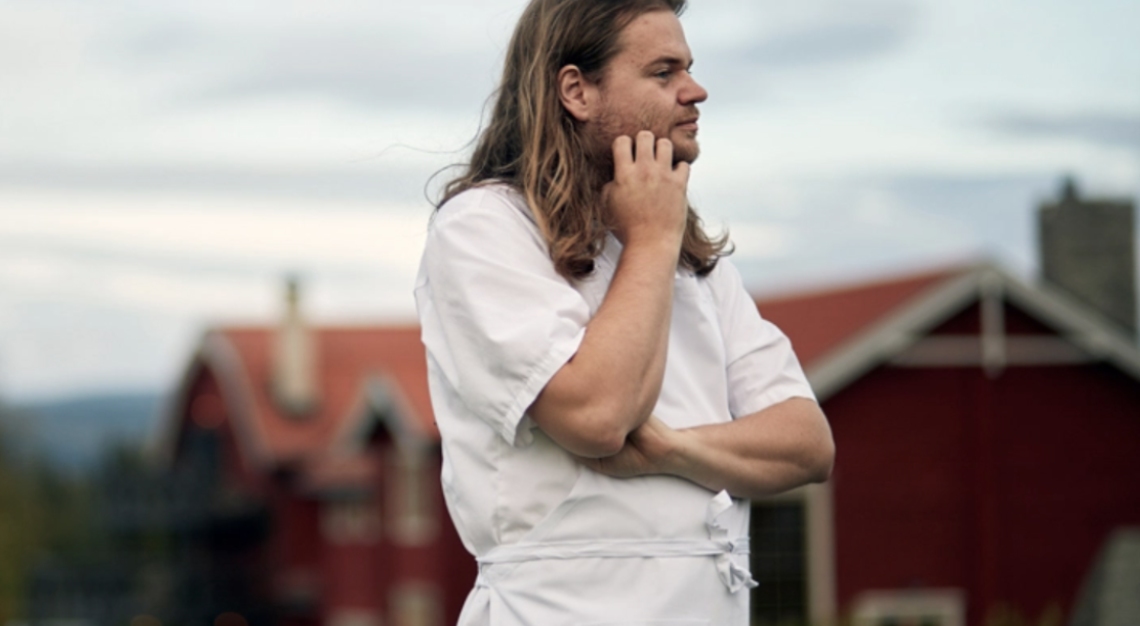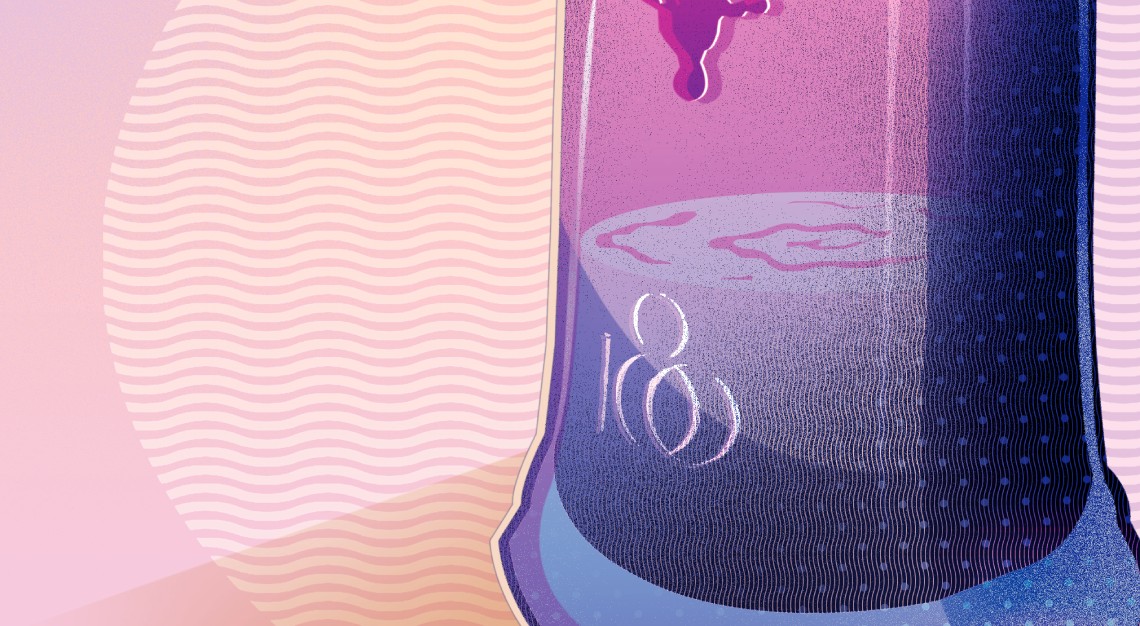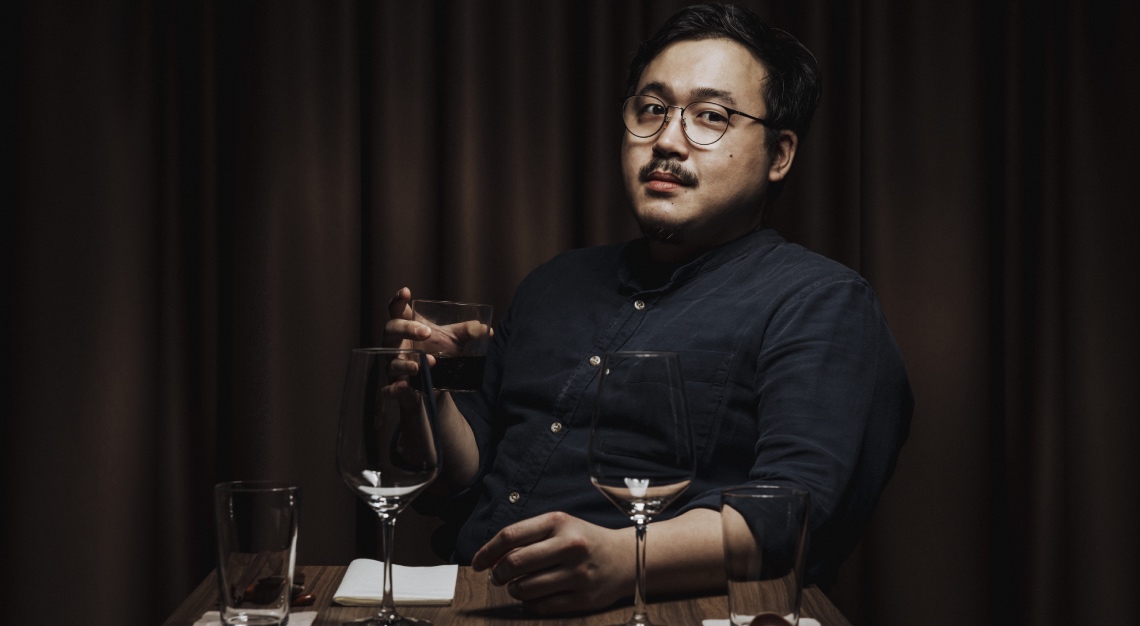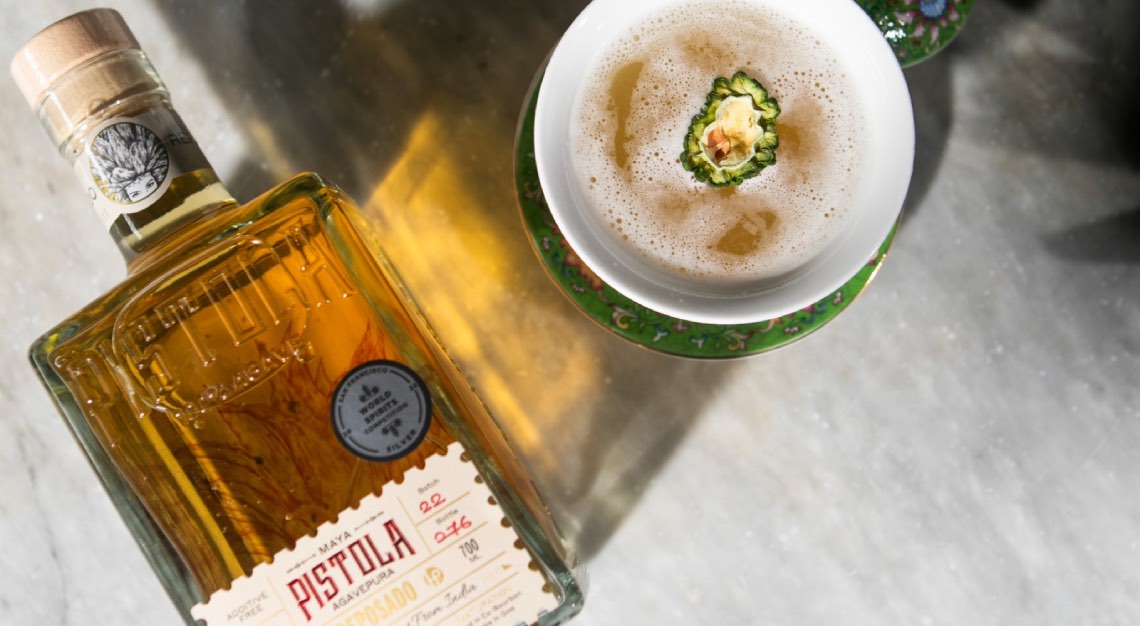Chef Magnus Nilsson discusses closing Fäviken, watered-down luxury and restaurant life after COVID-19

The idea, the location, the execution, they were all audacious. Magnus Nilsson took a hunting lodge in the far reaches of Sweden and turned it into a global dining destination. People had to traverse for hours to reach the 28-seat restaurant and eat a 30-course meal that was intensely rooted in the surrounding region. And they came not for the usual fine-dining trappings of lobster and A5 Wagyu, but for trout roe served atop dried pig’s blood and lamb tongue with brined vegetables. Along with Noma, it came to exemplify the New Nordic ethos that emphasized a locavorism that would encircle the globe during the 2010s. So it was fitting the end of Fäviken felt as audacious.
Just before COVID-19 entered the lexicon, Nilsson closed his restaurant in December 2019, despite still being a thriving concern. In his recent book he explained there wasn’t some extenuating circumstance or financial calamity that caused Nilsson to walk away from one of the world’s most renowned restaurants. He was burned out.
Now he’s running an Orchard in Sweden, putting himself on another steep learning curve to figure out a whole new profession. Yet, he hasn’t left the industry totally behind. In January 2020 he accepted a position to be the academy director at Mad, the restaurant-focused foundation created by René Redzepi in 2011. There he’s developing programs to help the next generation of industry leaders be more business savvy, promote work-life balance and advocate for sustainability.
Late last year Nilsson also published a book that chronicled the rise, recipes, philosophy and ultimate closing of Fäviken. We caught up with him discuss why he walked away, the bubble he saw forming in fine dining and why, despite it all, he’s still optimistic for the future of restaurants.

Why didn’t you want to keep Fäviken going?
I was just done. I didn’t feel like it anymore. There was no rationale behind the decision, it wasn’t logical. Now, that is really luxury, especially in the age of the pandemic and so many restaurants having to close, to choose yourself how you want to end the project like that is a luxury. It’s quite difficult to explain this to a lot of people—they think there was something wrong along the way or some other external reasons. But I didn’t enjoy it anymore. I didn’t wake up in the morning and say, “Hell yes, this is going to be a great day, I can’t wait to work.”
What kept you from just letting it go on without you as involved?
The reason why I didn’t do that was not because that’s bad. I mean, that’s an individual decision and I’ve been to plenty restaurants like that and had great meals. But, to me, at 35 years old—which I was at the time when I took this decision—it felt like a defeat to do that. Even if I didn’t work there anymore it would still stick with me as a barrier to do something else. Had I owned the place myself like the buildings and all that, I suspect that maybe I haven’t wouldn’t have had the courage to do it this way.
Things don’t have to run forever and most things shouldn’t run forever. I had 12 years at one job and I was 36 when I left, that’s a long time—a third of my life at one job.
Before you quit and before COVID-19 hit, did you sense a bubble forming in fine dining?
Yeah, I observed it, and some of that is just because those traditional markers of luxury have become much more available.
In what way?
I have two examples here – one is historical. It’s pretty funny that sugar used to be one of the great luxuries. If you go 350 years back in time, essentially the European royals were the only people who could have sugar on their food. And when it became a little bit more affordable but still super expensive – like caviar expensive – ordinary nobility, like counts, started using it in their food. For them it was a sign of being so wealthy that they were almost royal, so they also used it a lot in savory food. So, 300 years ago, a lot of the European savory food in very wealthy homes was actually quite sweet. As sugar got cheaper, more people used it as a way of displaying wealth. And then after industrialization sugar became cheap. Things got cheaper and cheaper and cheaper until today, where it’s no longer a sign of luxury anymore and consuming lots of sugar is actually a sign of the opposite.

What’s your second example?
For a long time, caviar was unavailable, and it became so expensive that almost no one used it not even in very expensive restaurants. You could find it like you could get like a little bit of it in traditional luxury restaurant, like a Thomas Keller restaurant or some five-star hotel in Europe. But with the introduction of farmed caviar, it has gotten so much more accessible. Not only has it gotten cheaper but you can also buy it without having the right contacts, which you’d used to need. But caviar still benefits from its old scarcity.
So caviar is fading as a luxury?
It’s going to be yummy and the price is still high enough so that it’s expensive, but it’s not unattainable anymore. What we see now is sugar’s history repeating itself with caviar, where it’s still considered luxury but not by the people who are like the core consumers of true luxury. I’m going to quote René [Redzepi], “It’s airline food now.”
Do you think these traditional markers of luxury like caviar and truffles and A5 are ubiquitous because they translate better to Instagram as a visual representation of luxury? A perfectly prepared carrot that’s immaculately sourced and impeccably cooked can still look like a humble carrot in a photo. But caviar, no matter the quality, can look like you’re living large on Instagram.
It’s definitely easier to communicate luxury that way. Everyone understands what it is. And I think it’s also it’s a complex question because it’s not like it’s not tasty. I mean, I happily smash 250g tin of caviar with my wife, with some toasts for dinner, if I could afford that. But I don’t aspire to that – I would never save up the money I would need, especially not in the past where good quality would be US$5,000 (S$6,614). But I can definitely, you know, buy like the stuff that we bought at Fäviken, which was super good quality and cost about US$2,000 (S$2,646) per kilo, so US$500 (S$661) for that evening with my wife. And I could do that, you know, once a year because it’s yummy. But to me that isn’t luxury anymore and to build a restaurant experience with that is very superficial.
Before the pandemic, it felt like lists were proliferating and the idea of these restaurants as great global dining destinations was fading. Do you think World’s 50 Best was losing influence compared to a decade ago?
Absolutely. It’s like what I was saying with the sugar and the caviar. It’s their own fault. They did that to themselves by trying to squeeze too much out of that idea, because people love lists. The basic premise of it isn’t bad and it’s so easy to communicate that there is one restaurant that’s the best – which, obviously in every way when you’re judging culture is impossible, because it’s not measurable.
Where did World’s 50 Best go wrong?
They’ve tried to make too much out of it, rather than just, “This is the list, this is it.” There was the World’s 50 Best, then there was the World’s 50 Best in Asia and then South American and then this and this and that. And then every tourism board from whatever country has put money into getting an event in their home country and people don’t like that. I understand that pays for the system or someone being able to make money off it, but people feel that and it becomes less attractive.
At some point, when I looked at the ranking and felt it didn’t seem to match reality that one particular restaurant was the very best in a country, when there’s a good argument it’s not the best in its own neighbourhood.
You realise that this is a system that can be manipulated so easily, which is one of the reasons I didn’t care about these awards. It’s nice when you get them and nice when someone acknowledges that you’ve done something. It’s great, but it’s not the driving force behind most successful restaurants. When people discovered you could play the game – you still have to have a great place, but you can actively work to get more votes – then that thing has lost all meaning to me. It’s completely uninteresting. Especially when tourism boards started paying to get the events in various countries, because that means you get a lot of voters in for the event.
Was there a time when you thought World’s 50 Best meant something?
I used to vote myself for many years for World’s 50 Best Restaurants. And the original idea was brilliant, but I no longer think it’s a brilliant idea. It could be again. When Noma won, for example, I don’t think that anyone who was in the know felt that was wrong. I’m sure there were a bunch of people who’ve been to Noma and that it was weird to eat ants and they thought it was idiotic that it was the world’s best restaurant. Set those people aside, people who go to a lot of these restaurants, no one was saying “that’s not the best restaurant in the world!” People were saying, “Cool, that’s a great restaurant, it may be the best.” And I don’t feel the same now [about World’s 50 Best].
Yet, in your book, you seemed optimistic about the future of restaurants, is that true for you despite the pandemic?
We have to look at this two ways. One way is the fact that a lot of restaurants are not going to reopen again. Some of those restaurants, they would have failed anyways within a year or two or three or four years because they weren’t meant to make it. Those closures are being squished together now into a small window of time. And then there are the restaurants that didn’t deserve it but, unfortunately, they hadn’t saved up money to get through this. Life is unfair and they’re not going to make it and that’s very very sad.
But that doesn’t mean that we’re not allowed to look forward to a future that’s nice again. I hear this narrative that these restaurants are going away and nothing will come after that. I don’t believe in that. Perhaps they’re currently facing the reality that they might lose everything that they’ve built up, which understandably makes it very difficult to look at the bigger picture.

What’s the bigger picture?
After each major crisis that humanity has seen, we haven’t stopped eating out. Regardless if its past pandemics like the flu pandemic of ’68, which killed four million people in one year, it wasn’t like we stopped eating out after that. We didn’t stop eating out after the Second World War, the First World War. And if you look at the kind of the practicalities of this, that a lot of places are now sadly closing it’s also going to mean that when this is over, we’re going to have a lot of open spaces that are really good for housing restaurants and someone is going to rent them out. We’re going to have a lot of people that are really good at running restaurants who are going to want to open new ones. And most importantly, we have a whole of humanity which have been deprived of one of our favourite pleasures for the better part of a year and these people are going to want to eat out in restaurants more than before.
So I actually think that if we see that this economic knowledge the fact that what’s going on now is very sad. And to some extent inevitable. We can at least look forward to a really, really interesting future in restaurants where we will have people who wouldn’t have been, you know, sort of, wouldn’t have had the possibility to access a space for example, now being able to access a space to open a restaurant. And I think that that you know we’re going to see huge developments.
This story was first published on Robb Report US






